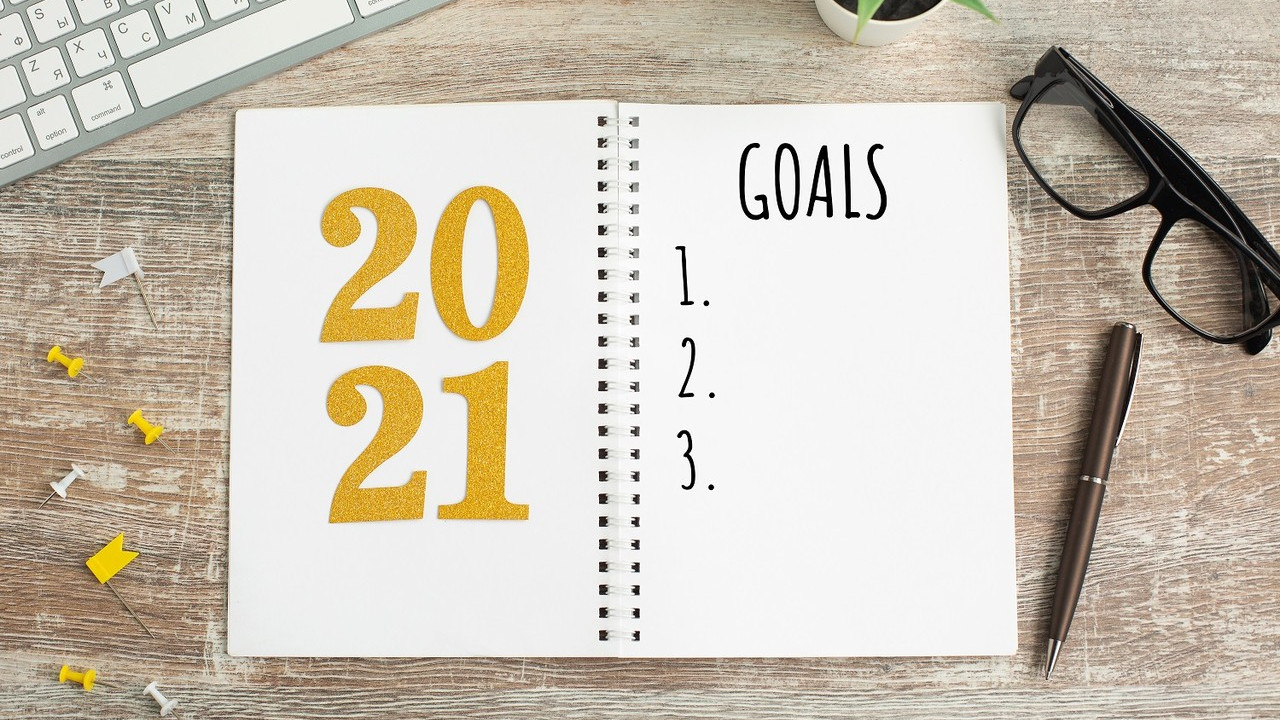As the calendar is slowly approaching the last page of this year, I wondered if you already have resolutions. If you are one of those who don’t solve life improvements in this way, that’s fine. If you are looking forward to January 1st, 2017 and opening the doors of the gym, buying an apple instead of a cigarette, or anything else, I may disappoint you even before you disappoint yourself with high probability.
Habits don’t change overnight. Why?
When we ask ourselves what we would like to change about ourselves the most, we usually come up with an answer that has the same denominator. What is it? This way of behaving is something reassuring for you, a form of security that we don’t have to think too much about and takes relatively less energy than “constantly coming up with something new”. Btw. The latter may also be the answer to why, after days when you don’t stop and constantly accept new stimuli, you suddenly need to stay in the peace of your home and do something undemanding. Humans are simply batteries that discharge.
But let’s go back to why. Because our brain is brilliant. In addition to producing everything we need for basic functioning, it takes care of us, or protects us from collapse by allowing us to build certain “well-trodden paths”, automated responses to stimuli or situations that we commonly react to. However, blaming our habits on the brain is not an excuse. Because the brain allows us to change our behavior. It just needs time. For an easier idea, try changing your usual route to work. It will take you more effort for a few days not to be pulled by the usual paths, and that’s just a small thing. Oh, those habits of ours – iron shirts!
So, how many days does it take to change a habit?
I have positive news for all couples who blame each other for never changing. It is possible to change specific habits of the other person. It will require active participation, willingness from both partners, and time. How much time exactly? Well, it ranges from 18 to 254 days. Everyone is different and, after all, there is a difference between changing 30 years of ingrained behavior and changing something that could be considered a short-term triviality. This is where our brain comes in again. The neuron pathways that represent connections between stimuli and responses are stronger the more a particular type of behavior has been performed. Perhaps a slightly wild example: if someone has been running orange lights their whole life and wants to change that, they need enough time for only green lights to drive them for the rest of their life. Or something from my own experience. I still need one liter of water a day to meet my daily hydration goal. At the moment, it’s more of a struggle than a pleasure, but I am slowly changing that habit. And so it is with everything. Permanent changes do not happen overnight.
Recipe for change:
-1 person who knows why they want to change their habit, ideally intrinsically motivated
-Enough time and creating gradual steps towards change.
-new habit
-reward
-support from the environment – as needed
How does change happen?
Basically, let’s look back to childhood. A child doesn’t learn to walk immediately, they first lift their head, then crawl, then move around with support from furniture, and eventually they walk on their own to the stove (an example from life, unfortunately I don’t remember it). But what I want to say is that each stage before that was important in order to strengthen the muscles, create some self-confidence that they can move without support, and above all, create new neural pathways and earn the reward of self-sufficiency. Do you sometimes still crawl on all fours? I assume that except for situations that are better not remembered, no. You simply learned to walk. Changing a habit works basically on the same principle, by gradually learning to replace something that bothers us with something desirable. And another example from life: the acquired ability to walk past fast food without noticing it, maybe with drool at the corner of your mouth, but with the knowledge that you’ll have something healthier for lunch instead. But now we are getting to the elephant and the jockey.
The Driver and the Elephant?
In their book “Switch: How to Change Things When Change Is Hard,” Chip and Dan Heath explain the mechanism of change using the concept of the driver and the elephant, which was created by psychologist Jonathan Haidt. Numerous studies confirm that when we try to make a change, we also enter into a struggle. Often, our rational and emotional minds are in conflict, and we may not even be aware of it. This is the moment when you pay for something at the cash register that you don’t really need, but you want or need to derive pleasure from it. So, are you ready for the fight?
The emotional component represents a large elephant, and the driver on top is the rational part of our mind. This is a big imbalance, which is one explanation for why change is difficult (such as getting up early after the first alarm to have time to exercise) when the emotional component often wins over the rational one. However, blaming the emotional component, or our elephant, is not appropriate, because it is this part that is responsible for our motivation and that spark we need. Instead, getting in sync with the driver, who offers the rational, analytical direction, is the path to success.

Will willpower help?
Health experts explain that it can help, but only in the short term. Self-control in the broadest sense, which can guide us in this case, has its limits and therefore can be depleted over time, and ultimately it may seem like we are lazy and far from the desired result. But we are not, we are tired. However, what can help is a precise definition of what we want to achieve with the change. While a New Year’s resolution to “live healthier” sounds good, a greater effect will be achieved with “add 3 apples to your diet per day” or “drink 3 liters of water.” A more precise definition of what you want to do will prevent all those countless analyses and spinning in circles that can mean “living healthier.” You set a precise direction for yourself. If you also adjust the path itself, the journey to victory begins. (Real-life example: if you want to stop eating chips while watching a movie, don’t buy any at the store.)
So to summarize:
-We need to direct our rational side – to know how to do something, to be inspired by ways that have worked, to have a goal and know why we want to change.
-We need to satisfy our emotional side – to engage it, to divide the change into smaller parts to avoid unnecessary demotivation.
-We need to adjust the path on which our emotional and rational parts of ourselves go – to adapt or change the environment of the change.
3 tips to really start from the new year:
- Start today – If you realistically evaluate the size of the change you want to make and break it down into small parts, you can start with the new activity today. It will probably take you longer than a month to build a new habit, but starting today means you’ll have already achieved something by the start of 2017.
- Find your motivator or accountability partner – It won’t be like school, but having someone to hold you accountable can have a similar effect.
- Take action instead of analyzing – Too much searching for the best information can lead to information overload, decision paralysis, and ultimately, getting nowhere. So, think about what the first step could be and take action as soon as possible.
In conclusion, nothing worthwhile comes easily. I can’t support this claim empirically or through research, but there may be some truth to it. Every permanent change also carries with it a lot of failures or setbacks, but in the end, they lead to the goal. No matter how strong your desire for change may be, the most important thing is to understand where it comes from. Change that does not make us happy is just a mask that will eventually tire even an elephant.
Take time for change. Anytime.
